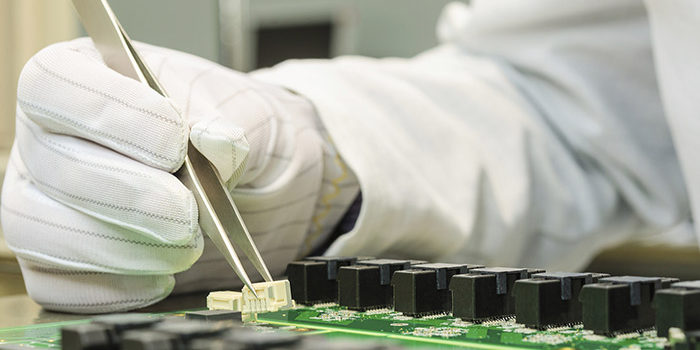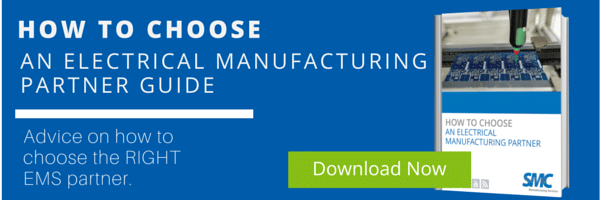Well into the mid-1990s, conventional outsourcing served electronics OEMs well. Demand was more predictable. Competition wasn’t as fierce. Products were simpler. However, things have changed.
Products have grown increasingly more complex, and many OEMs have had to boost investments in capital equipment to stay abreast of new manufacturing requirements, which, needless to say, devoured more profit. New products and ideas abounded, and product life cycles shortened. With customers becoming more demanding and less loyal, change was needed. Outsourcing became a way to quickly and cost effectively break into new markets.
A move toward increased collaborative outsourcing arrangements can improve planning accuracy and give a quicker response time. By outsourcing supply chain activities, it is possible for the OEM to focus more closely on core competencies and planning processes.
Outsourcing can also aid an OEM in entry into a new market. Consider Microsoft’s Xbox. To avoid the need to invest in assembly facilities and repair competences, Microsoft hired a Tier 1 EMS supplier. The EMS supplier then introduced and manufactured the Xbox to meet global demand. In the end, the product was built in EMS supplier’s manufacturing facilities, thereby saving Microsoft the investment in new facilities themselves.
Supply chain outsourcing is an illustration of how current outsourcing arrangements differ from former arrangements, for example, shared risk. Another benefit is that performance is measured not only by cost savings but also revenue, earnings per share, and market share. Partners now must work together to achieve strategic outcomes.
Today, OEMs are increasingly outsourcing almost every aspect of production from design to final assembly. The scope of outsourcing has been extended beyond the component level to the complete production of a brand name product. The EMS provider is no longer just a vendor, but engineers, manufactures and distributes the products.
Outsourcing of manufacturing and distribution operations has a longstanding history, as a means of minimizing operational risk in a dynamic marketplace is a well-established strategy.
A good match between the OEM and the EMS partner is essential. For businesses considering outsourcing here are a few questions to ask when selecting your EMS provider:
- Is the EMS partner capable of manufacturing your product?
- Is your product similar to others the company already manufactures?
- Does the company have the necessary quality certifications?
- What is their past quality record?
- What is the company’s on-time delivery record?
- Is on-time delivery measured against your request or their acknowledge date?
- Is there a good cultural fit between your company and the EMS provider?
- Do you agree on expectations for quality, delivery, communication and engineering control?
- Is the company financially sound?
Strategic outsourcing has many benefits when you choose the right EMS provider. Please consult SMC for manufacturing technology to enhance the future.
SMC offers a complete solution for your EMS, Wire Harness, and Systems Integration needs. Consult with us today to enhance your business future.
ABOUT SMC
SMC is a print circuit board assembly manufacturer, custom cable assembly provider, system integration/box build manufacturer that is located in the heart of Kentucky. Our two locations provide quick and easy access for the technology industry in the eastern region.
We specialize and are certified to manufacture products in the medical, security, military/DOD, industrial controls, construction, and transportation industries. To maximize customer support, we have created five separate engineering departments: process, test, customer, system integration, and quality engineering. These departments offer world class engineering support and product development. SMC has the EMS solutions you need to ensure quality electronic products at a competitive cost.







